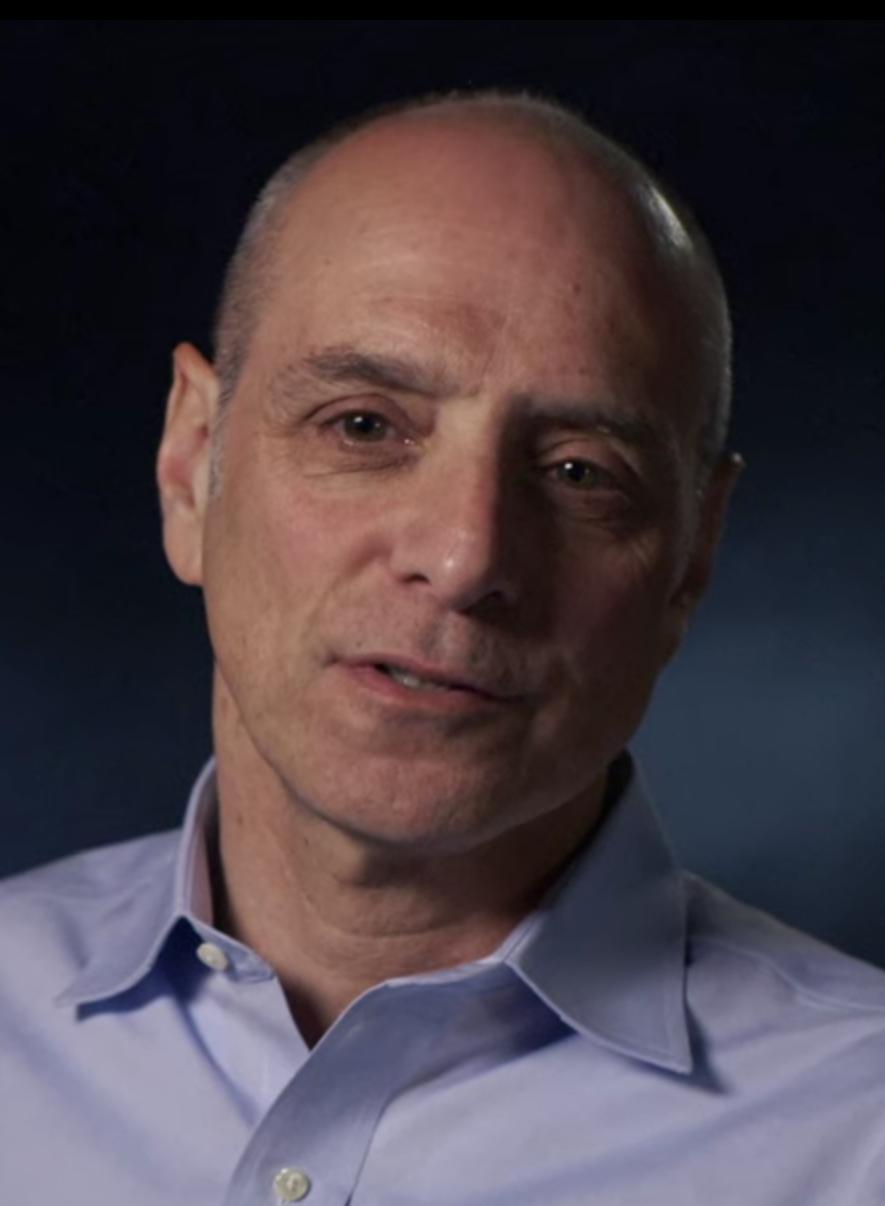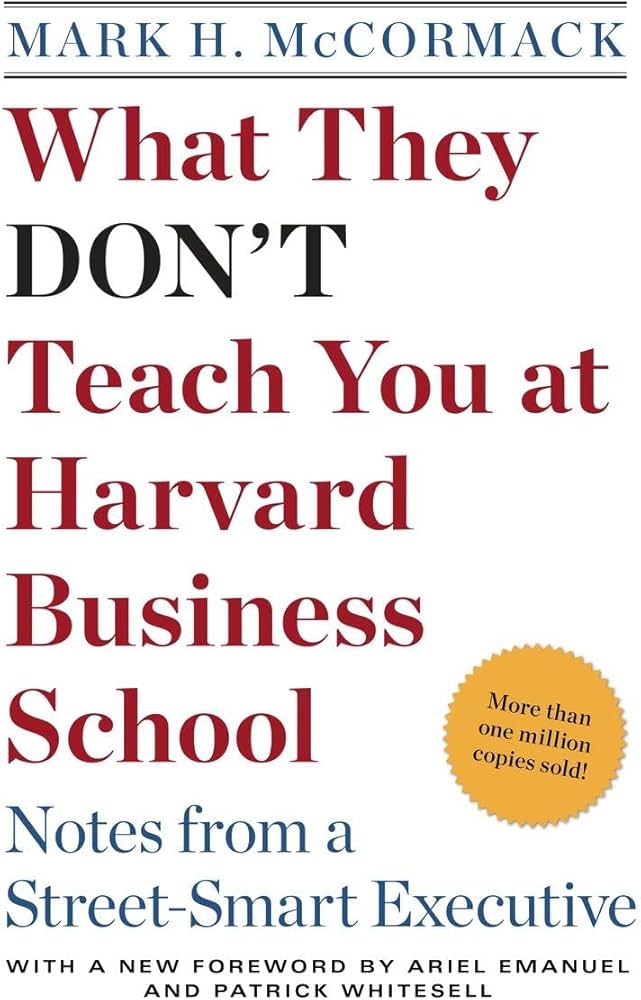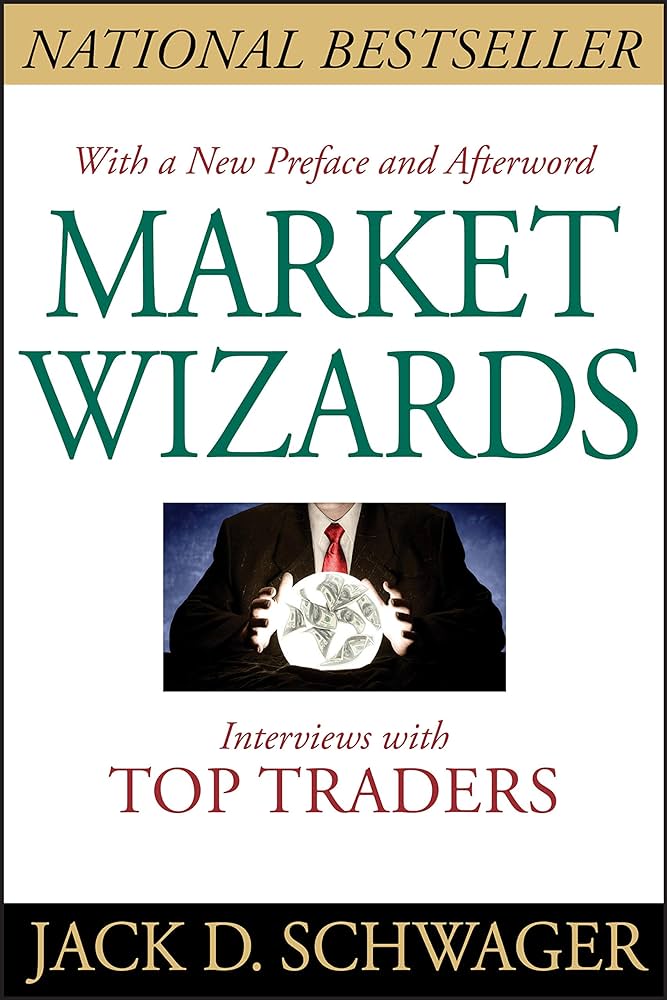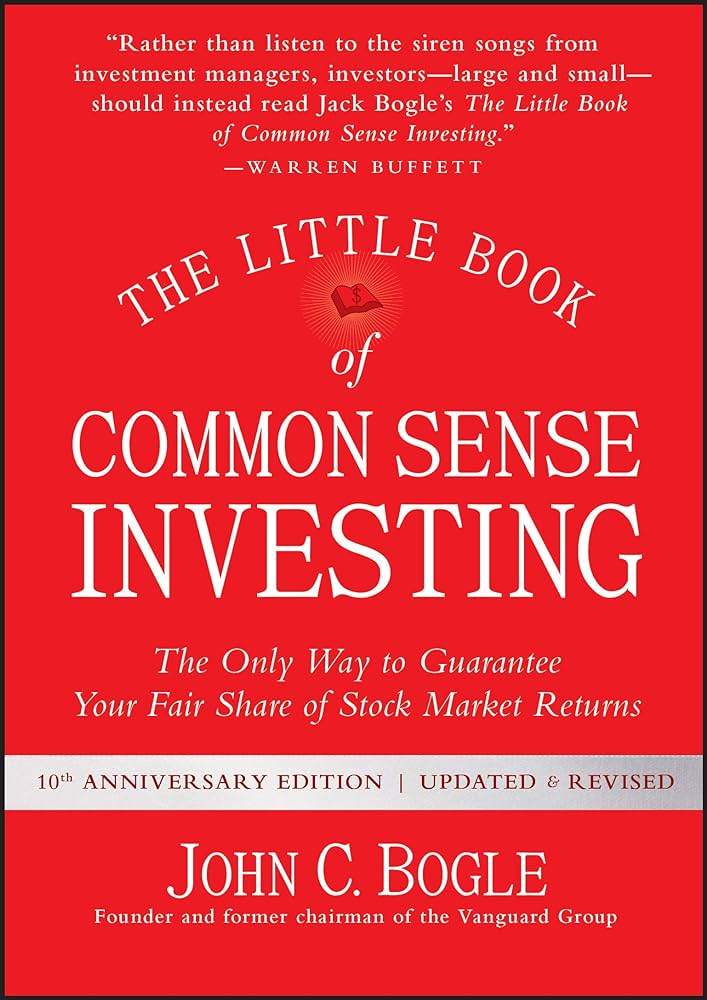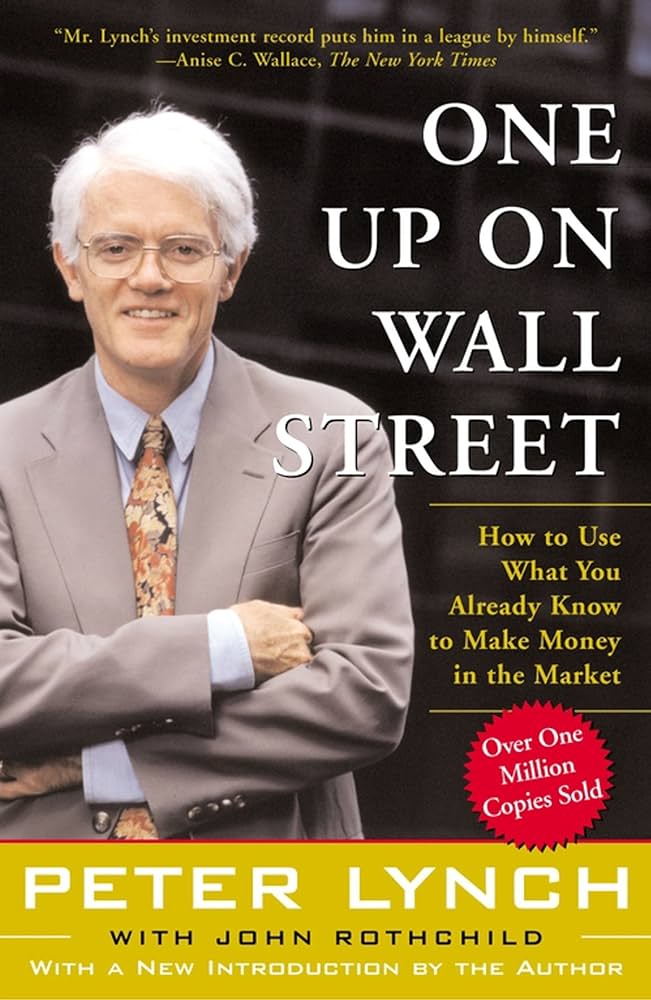Lesson 1. The revolutionary approach of the McDonald brothers.
Fast food eateries became popular in the 1940s, as ownership of cars and suburban expansion grew across the US.
Originally, fast food was served by waitresses on roller-skates at drive-ins in Southern California. Around the 1950s, drive-in restaurants, movies, and even churches became extremely popular. The combination of cheap food, cars, and attractive waitresses made fast food restaurants popular hangout spots for teenagers.
Then, Richard and Maurice McDonald entered the scene and totally revolutionized the fast food business. They focused on efficiency and speed, and cut costs down to a minimum.
They served a limited number of simple meals, which could be easily eaten, without the need of cutlery. The food and drinks were packaged in simple paper packaging. They also stopped serving people in cars.
Efficiency and speed were brought in by adoption of the principles of a factory assembly line. This involved assigning an employee a single, easy-to-master task, like flipping burgers or dressing salads.
The speed, convenience and affordability brought in a different category of customers. McDonald’s now became a place where families could take their children out for an affordable and tasty meal.
This business model became tremendously successful. Between 1960 and 1973, the number of McDonald’s outlets proliferated from 250 to 3,000. So, many other fast food chains, like Burger King, Wendy’s or Kentucky Fried Chicken, implemented the McDonald’s model.
The success of the assembly line mode of production radically changed the way we eat and live, all round the globe.
Lesson 2. Baiting children.
McDonald’s also owed its success due to its ability to effectively market to children. Around the same time, Walt Disney too was building the entertainment empire by catering to children. This may sound pretty strange, because children don’t earn money. Yet this proved to be an innovative, and effective, marketing strategy.
Children are perfect customers because they can pressurize their parents to buy stuff for them. Since the 1980s, parents have tended to spend less time with their children, and so have begun spending more on them for compensation. By appealing to children, companies can get parents to buy their products.
Children are also gullible, and so they tend to believe the promises made in commercials. And fast food chains effectively capitalise on this, and make commercials that specifically target children.
For instance, McDonald’s builds playgrounds at their restaurants to attract children. They also give away free toys with their meals, like in the famed “Happy Meals”.
This is an effective method. A study has
Unlock Knowledge with Wizdom App
Explore a world of insights and wisdom at your fingertips with the Wizdom app.
 1 Million+ App Download
1 Million+ App Download  4.9App Store Rating
4.9App Store Rating 5000+Summaries & Podcasts
5000+Summaries & Podcasts




